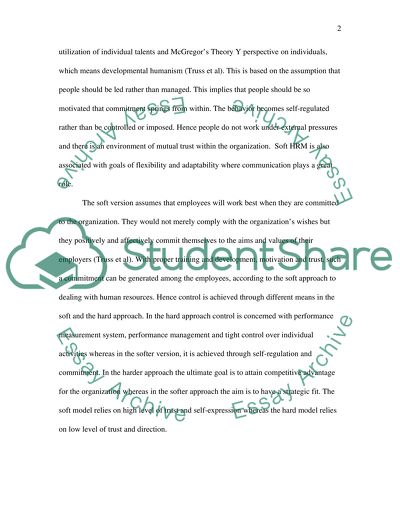Cite this document
(“Human Resource Management in its Environment Essay - 2”, n.d.)
Human Resource Management in its Environment Essay - 2. Retrieved from https://studentshare.org/miscellaneous/1550425-human-resource-management-in-its-environment
Human Resource Management in its Environment Essay - 2. Retrieved from https://studentshare.org/miscellaneous/1550425-human-resource-management-in-its-environment
(Human Resource Management in Its Environment Essay - 2)
Human Resource Management in Its Environment Essay - 2. https://studentshare.org/miscellaneous/1550425-human-resource-management-in-its-environment.
Human Resource Management in Its Environment Essay - 2. https://studentshare.org/miscellaneous/1550425-human-resource-management-in-its-environment.
“Human Resource Management in Its Environment Essay - 2”, n.d. https://studentshare.org/miscellaneous/1550425-human-resource-management-in-its-environment.


